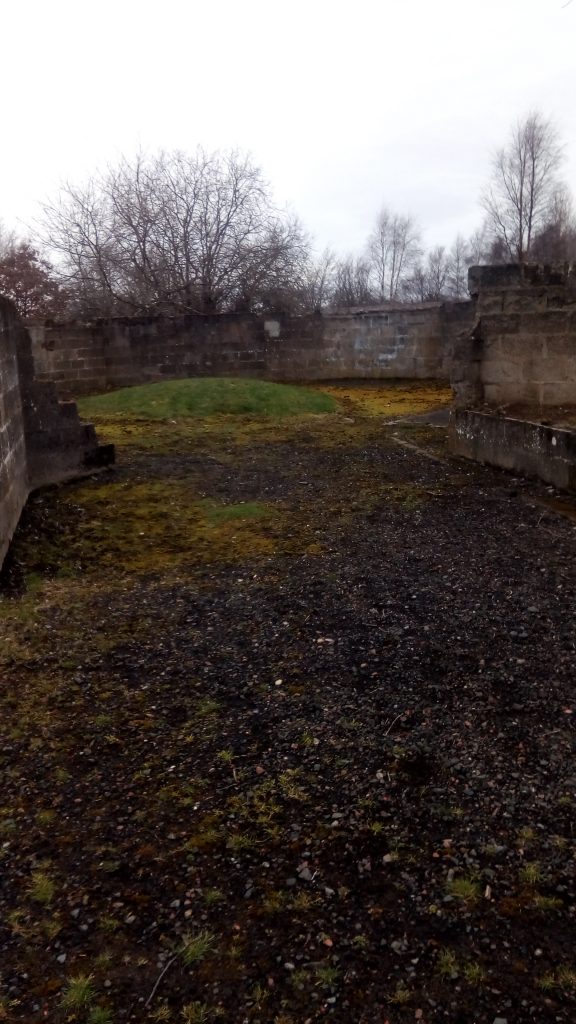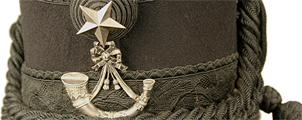Hamilton’s War
When Barrie asked me if I’d like to contribute a piece on the Cameronians Blog about the Home Front for the 75th Anniversary Commemorations, I wondered just where to start and with what relevance to the Regiment?
However, a trawl through the newspaper archive on Find My Past is absolutely addictive, you do quickly end up heading down roads you didn’t plan to go down so self-discipline is vital. But as someone whose Mother was a schoolgirl in Clydebank during the duration of the war, I do have a personal interest in the subject. The questions I wish I could ask now that I didn’t at the time!
I’m fascinated by the build up to hostilities and all the plans and preparations in the local area, I suppose this stems from being a child of the Cold War growing up in Larkhall in the ’70s and ’80s and hearing our air raid siren being sounded regularly to summon our local Fire Brigade into action. It always got your attention!
So reading through the newspapers of the late 1930s and the reporting on how the various schemes and plans were devised has a relevance today with the Covid-19 situation. The Hamilton Barracks would have been the centre point of any planning in terms of available personnel, any air raid in the local area would’ve called upon the full resources of the Regiment at the Depot to assist with rescue and recovery duties, but there was a lot more going on all over Lanarkshire.
The most obvious and still visible signs of the Home Front defences in the local area are of course the remains of the two Anti-Aircraft Gun Emplacements, part of the Clyde Defences. One is up at Limekilnburn alongside the Strathaven Road while the other was situated in the huge camp on the Blantyre Farm Road. The defences in the area were under the command of the 42nd Anti-Aircraft Brigade of the Territorial Army. The 100th Heavy Anti-Aircraft Regiment had it’s Headquarters in Motherwell and was formed in 1939, initially made up of two Batteries, the 304th and 305th. The Emplacements were equipped with four 3.7 inch guns, a Control Bunker with height finding equipment and a Magazine. The sites are still relatively intact to this day, visible on Google Maps and on foot or bicycle in the case of Blantyre Farm. Limekilnburn had also been one of the proposed locations pre-war for a local airfield and fighter station. The remains of another Emplacement are situated near Busby and the White Cart Water.


The most public of the plans were the evacuation and home shelter schemes. Various plans were drawn up for the evacuation of schoolchildren from high threat areas to the countryside, as well as what to do during raid alerts if they were still residing in Hamilton. Even more ominous was the report in 1938 that 350,000 gas masks had been stockpiled in Lanarkshire to be distributed on the eve of war breaking out.
As for public shelters, while many families in Hamilton would be busy building Anderson Shelters in their gardens or preparing their house as shown in the official government booklet, the residents of the newly built houses of the Fairhill Housing Scheme had purpose built, fully equipped basement shelters large enough for four households to take cover in, complete with protection against gas attacks. The official 1938 Home Office issued booklet makes absorbing if grim reading, with step-by-step guides on how to strengthen your house against bomb damage, fire fighting, first aid and most of all preparing your inner “Refuge Room” against the great fear of the time, the use of Mustard Gas. This was vividly portrayed in the 1936 film adaptation of the HG Wells book “Things to Come” with the air raid on “Everytown” that foretold the start of a thirty year long World War beginning on Christmas Day 1940. Combined with the news reports from the Spanish Civil War, the fear of a massive, destructive aerial assault was very real at the time.
As an aside, it’s remarkable to compare the 1938 Home Office booklet with the later Cold War equivalents, the 1960s Civil Defence Handbook #10 and the now legendary Protect and Survive from the late 1970s. The most sobering aspect is how little changed in their content over the decades with the “Refuge Room” becoming the “Fall Out Room” and radioactive fall-out replacing poison gas as the main concern. Even the current “Stay at Home” Covid-19 guidelines have strong echoes of these old civil defence books and the strong stay at home message contained in them.
The Hamilton air raid siren, connected to the National Air Raid Siren Network was situated atop the Burgh Electrical Works. The siren was tested just before the war and again in 1940 when the threat of invasion was very real and before the Luftwaffe came calling to the Clyde in 1941.
The sights and sounds of the war would’ve been highly visible above and around Hamilton, not just because of the huge part the Cameronians played in local life but with so many people in uniform, air raid precautions and the night time Blackout. Post war, so much of it would’ve gathered in Allan Gray’s Garage and Yard down in Braidwood where he did a roaring trade in war surplus lorries, equipment and huts after the War Office sales in Douglas and the decommissioning and dismantling of so many wartime camps. At one auction he was even acting as an agent on behalf of an Argentine concern, buying ex-Army transport to be shipped to South America while for himself he bought a few armoured cars. Even the Duke of Hamilton and his brothers, through the Hamilton Estates, were into war surplus and buying an amphibious DUKW truck at that same auction. They wanted to trial it as a potential ferry service up in the Hebrides.
Peter Kerr, Low Parks Museum
Comments: 0




Leave a Reply